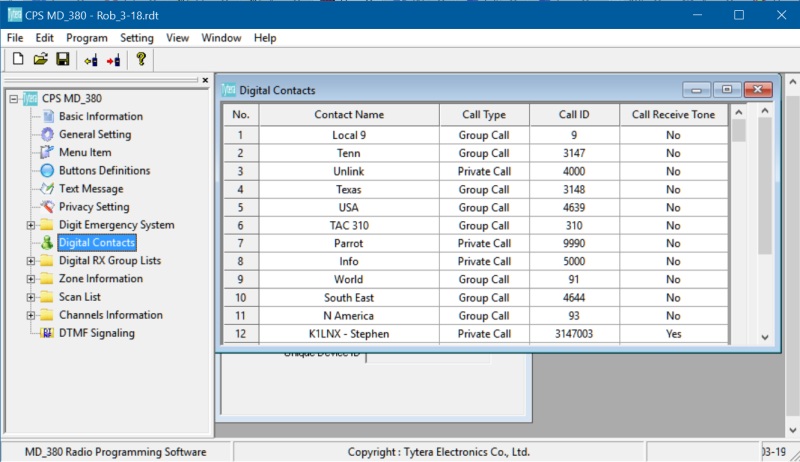
By 1912, commercial and military ships carried both transmitters and receivers, allowing two-way communication in close to real-time with a ship that was out of sight of land. As early as 1907, two-way telegraphy traffic across the Atlantic Ocean was commercially available. Installation of receivers and transmitters at the same fixed location allowed exchange of messages wirelessly. Two-way radio in a fire truck used by firefighters to communicate with their dispatcher During a phone call, the phone communicates with the cell tower over two radio channels an incoming one to carry the remote party's voice to the user, and an outgoing one to carry the user's voice to the remote party. A cell phone is an example of a full-duplex two-way radio. This requires either two separate radio channels or channel sharing methods such as time-division duplex (TDD) to carry the two directions of the conversation simultaneously on a single radio frequency. Other two-way radio systems operate in full-duplex mode, in which both parties can talk simultaneously. Multiple channels are provided so separate user groups can communicate in the same area without interfering with each other. When the user wants to talk, they press a " push-to-talk" button, which turns off the receiver and turns on the transmitter when the button is released, the receiver is activated again.

The radio is normally in receive mode so the user can hear all other transmissions on the channel. Two-way radio systems usually use a single radio channel and operate in a half-duplex mode: only one user on the channel can transmit at a time, so users in a user group must take turns talking. Two-way radios are used by groups of geographically separated people who need to keep in continuous voice communication, such as aircraft pilots and air traffic controllers, ship captains and harbormasters, emergency services personnel like firefighters, police officers, and ambulance paramedics, taxi and delivery services, soldiers and military units, fast food and warehouse employees, and radio amateurs. Hand-held two-way radios are often called walkie-talkies, handie-talkies or hand-helds.
#DMR PROGRAMMING MULTIPLE RADIOS USING SAME I.D. PORTABLE#
Two-way radios are available in stationary ( base station), mobile (installed in vehicles), and hand-held portable models.

It is an audio (sound) transceiver, a transmitter and receiver in one unit, used for bidirectional person-to-person voice communication with other users with similar radios. A two-way radio is a radio that can both transmit and receive radio waves (a transceiver), unlike a broadcast receiver which only receives content.


 0 kommentar(er)
0 kommentar(er)
